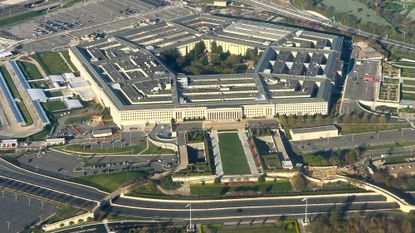On paper, the deal makes sense. Faced with the prospect of an extensive, and expensive, seismic safety retrofit for its 1960s-era downtown headquarters, L.A.
County decided to vet an alternative: a far newer building, located just blocks away. Not only was it built under stricter standards, the reasoning goes, but it was available at a massive discount compared with its pre-pandemic price tag. But the possible move to the Gas Company Tower is far from official.
And before putting pen to paper on the deal, officials want to assess just how seismically safe the skyscraper really is. The scrutiny underscores the growing understanding of the structural weaknesses of many buildings across Los Angeles, which has fueled a steady cadence of regulation requiring potentially vulnerable structures to be strengthened or demolished. Many of those rules, and much of the policymaking attention, has focused on older buildings or those fashioned from materials known to be susceptible to shaking — such as unreinforced brick or nonductile concrete .
The Gas Company Tower is different, though. It’s relatively modern, completed in 1991, and fashioned out of steel. But, as the 1994 Northridge earthquake demonstrated, common types of steel-framed buildings still can be severely damaged during stronger earthquakes.
During that magnitude 6.7 temblor, 25 steel-moment-frame buildings were significantly damaged, including the Automobile Club of Southern California building in Santa Clarita, which al.


















